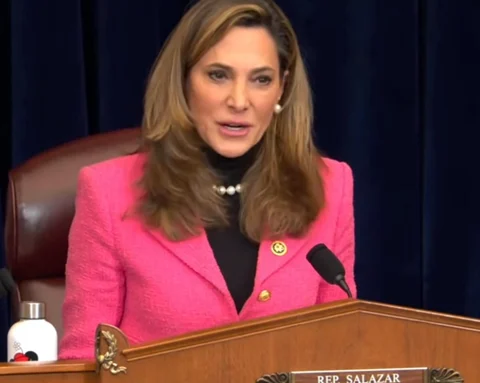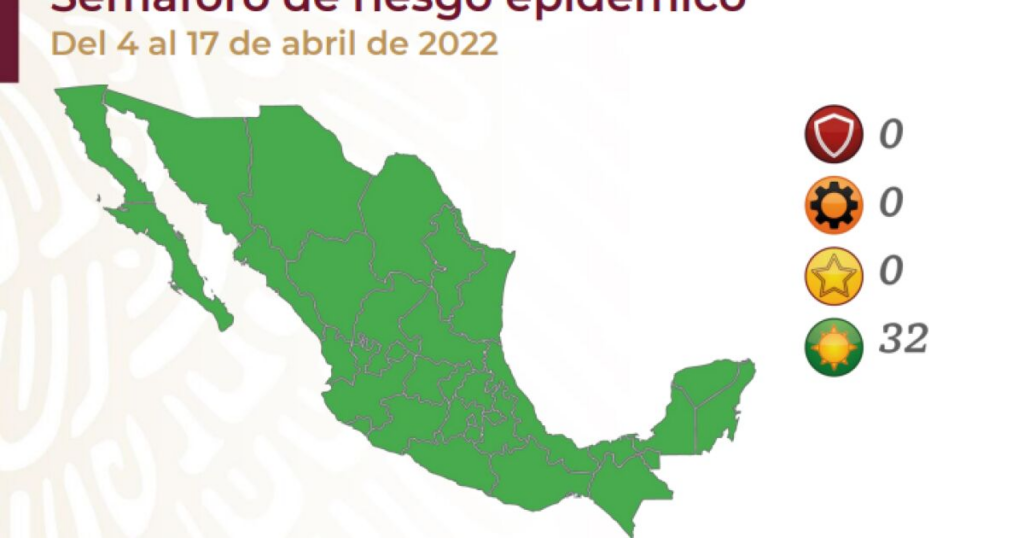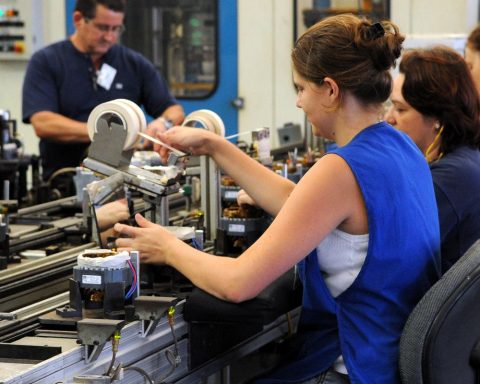Pollution caused by clothes is a dilemma that we can solve with second-hand stores and industrial recycling.
By: Gabriel Garcia
Journalism student
San Francisco de Quito University (USFQ)
In Ecuador, the waste of the clothing it is also a threat. According to the National Institute of Statistics and Censuses (INEC), Ecuadorians in urban areas went from producing 0.57 kg of solid waste per day, in 2015, to producing 0.83 kg five years later. The textile wasteaccompanied by other materials such as glass or wood, covered 16.8% of this waste in 2020. The figure represents an increase since, in 2018, this type of waste included 15.6% of the total.
In Quito, there are already several companies and ventures that mitigate or prevent the damage caused by clothing is producing in the environment. Alternatives range from products made with recycled materials until second hand sales in good quality.
The manufacture of garments with recycled materials is one of the solutions. Clothing brands like Patagonia work with this mechanism. They seek to have a profitable business model while conserving and optimizing resources.
“Our goal is to save planet Earth; 80% of our garments are made with recycled materials”, assures the brand manager of Patagonia in Ecuador, Marcela Castro. “The mere fact of extending the life of a garment by 9 months means around 20 to 30% reduction in water, waste and CO2,” she adds.
Patagonia participates in several projects for the protection of natural resources. In fact, caring for water is one of its main missions. At textile sector, the use of this liquid is significant. Garments such as jeans or shirts require large amounts of this substance to be made. For this reason, Patagonia manufactures its products with high-quality materials to guarantee greater durability.
There are several ways to mitigate the effects of the fashion industry. The undertakings and initiatives of second-hand clothes They offer a practical and affordable way to help the planet. The point is to avoid overbuying new clothing items because this only creates more waste.
The green sale, for example, is a business that is responsible for selling clothing vintage and worn via Instagram. “We show people that clothing you can get a second chance. What is used is not synonymous with old; in reality, these garments are unique for their style. what of second hand it can be of excellent quality”, explains Valentina Flores, owner of The green sale.
“The clothing From now on it doesn’t usually last because of the fast fashion scheme. Vintage garments have higher added value because they were meant to last longer,” he adds.
The decision is personal
The problem caused by textile industry waste It doesn’t just rest on the shoulders of manufacturers and sellers; consumers have a crucial role in the crisis. Excessive consumption is one of the main causes that trigger the waste of natural resources. For this reason, the UN indicated that the consumer culture and the scheme of using and discarding must be changed. Reuse and responsible purchasing are the two principles necessary to change this scenario.
As consumers we can propose a scheme of circular economy. This alternative rethinks production and consumption for the sake of sustainable development. “This economic system of exchange and production seeks to increase the efficiency of the use of resources, reducing the impact on the environment and allowing the well-being of individuals,” says Marcia Almeida Guzmán, Doctor (PhD) in economics and business. “All the actors involved in the circular economy They have a fundamental role. At the public policy level, consumer education is being sought,” she adds.
Almeida mentions that excessively polluting products and services can be rejected. In this way, companies will reduce unnecessary supply. In addition, there are already guidelines and regulations, such as the inclusive law of circular economy, to work with more environmentally friendly processes. In the case of fashion, it is a necessity. Each season new garments are included to follow certain trends. The industry is not fully aware of the waste of resources and the negative effects produced by trash.
It is not a secret that the trash It is one of the great problems of our society. Since the waste plastics up to clothing we get rid of, we face a pollution crisis on a global scale. And it might seem like the clothing is not important in this dilemma, but the reality is that fashion is the second most polluting industry. For the United Nations (UN), clothing generates higher carbon emissions than transportation or food.
















